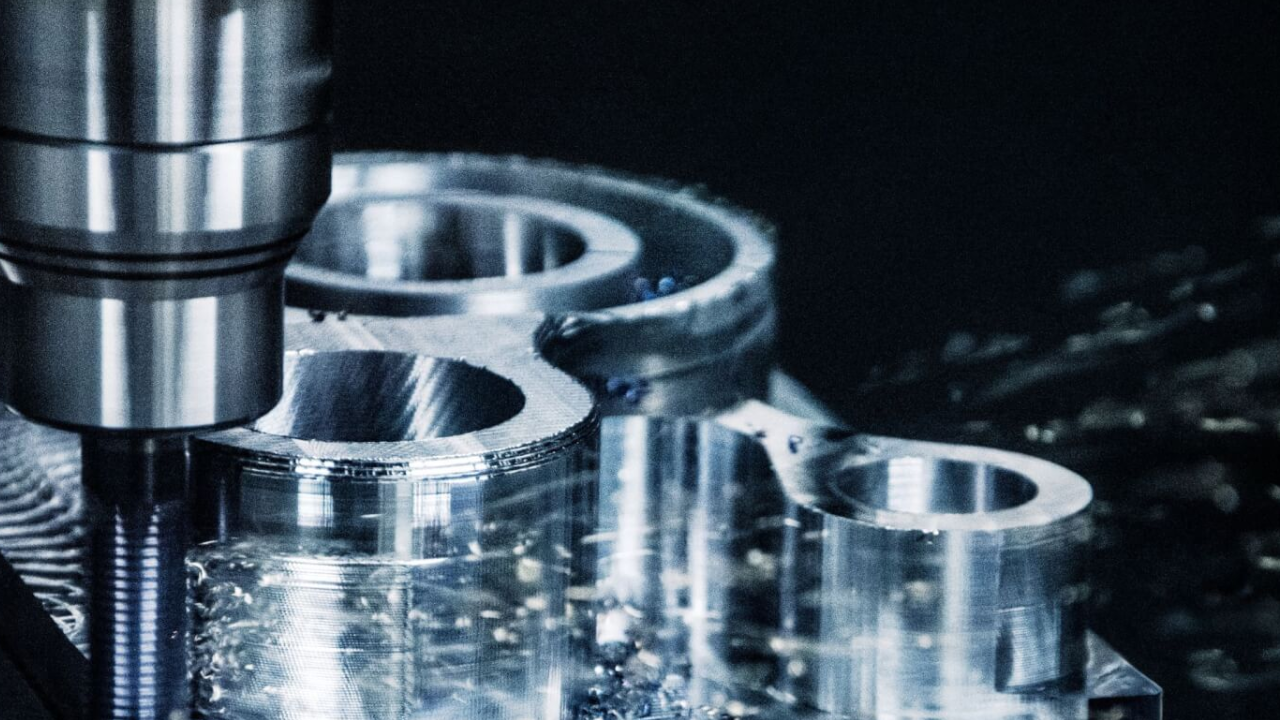Within the field of advanced manufacturing, 4-axis CNC machines are an exemplar of both accuracy and adaptability. These state-of-the-art machining systems incorporate a fourth rotational axis, known as the A-axis, in addition to the traditional three axes (X, Y, and Z).
These robots can now generate complicated, three-dimensional shapes with incredible precision and undertake elaborate maneuvers thanks to their increased degree of freedom. A new realm of possibilities for CNC machining is opened up with the addition of the fourth axis. The ability to rotate the workpiece allows 4-axis CNC machines to approach the material from different angles than their 3-axis equivalents.
This skill comes in very handy when making complex parts for a variety of industries, such as the construction of cars and aircraft, medical devices, artwork, and more. As we explore the realm of 4-Axis machining, it's clear that these cutting-edge devices mark a significant technological advancement by enabling producers and artists to produce products with ever-higher degrees of complexity and detail.
Applications of 4-Axis CNC Machines
Aerospace Industry
The aerospace sector requires highly precise and complex geometrized components, which is why 4-axis CNC machines are so valuable. Turbine blades, engine parts, and structural components are just a few of the intricate aerospace parts that these machines excel at creating. The extra rotational axis makes it possible to create complex shapes and curved surfaces that satisfy the demanding specifications of the aerospace industry.
Automotive Manufacturing
4-axis CNC machines are essential to the automotive sector since they are used in the fabrication of engine parts and complex interior elements. Being able to move in four directions makes it possible to precisely cut and shape intricate curves, which helps to produce automobile systems that are high-performing and efficient.
Medical Device Fabrication
Four-axis CNC machines are used in the medical business to produce complex, customized medical devices. These devices provide the precision needed to manufacture parts that have to fit perfectly within the human body, such as dental implants and prosthetics. Medical gadgets are guaranteed to meet stringent quality and functional standards because of their capacity to manufacture intricate shapes and features.
Mold and Die Making
4-axis the mold and die-producing industries use a lot of CNC equipment. The inclusion of an extra rotary axis facilitates the effective machining of complex molds utilized in the manufacturing of metal and plastic components. These devices enhance the general quality and uniformity of molded products by producing intricate molds with minute details and flawless finishing.
Art and Sculpture Fabrication
The capabilities of 4-axis CNC machines are extremely advantageous to the creative and sculptural fields. Sculptors and artists use these devices to turn digital designs into tangible works of art. Extending the limits of artistic expression and design, the capacity to rotate the object in various directions facilitates the production of elaborate and three-dimensional sculptures.
Electronics Manufacturing
Four-axis CNC machines are used to fabricate complex parts like circuit boards and electrical housings in the electronics industry, where precision and miniaturization are critical. Tight tolerances and high-quality electronic components are produced thanks to the exact control over cutting and milling processes.
Woodworking and Furniture Production
The adaptability of 4-axis CNC machines is beneficial for the woodworking and furniture-making industries. From elaborate furniture pieces to beautiful moldings, these machines make it possible to create delicate and sophisticated wooden components. It is possible to produce complex, three-dimensional woodwork with efficiency thanks to the workpiece's tilt and rotation capabilities.
Educational and Research Institutions
4-axis Research facilities and educational environments are other places where CNC machines are used. They are useful resources that help instructors impart CNC machining concepts and give pupils practical experience. These devices let researchers develop and prototype experimental components so they can investigate novel materials and designs.
Sum Up
Four-axis CNC machines find extensive and varied applications in areas where production quality, intricacy, and efficiency are essential. These cutting-edge machining technologies greatly aid in the production of high-quality components for a variety of industries, including aerospace and medical device manufacturing. The 4-axis gives manufacturers the capacity to make complex and accurate items that would be difficult or impossible to make with less sophisticated CNC equipment.


